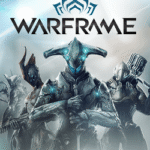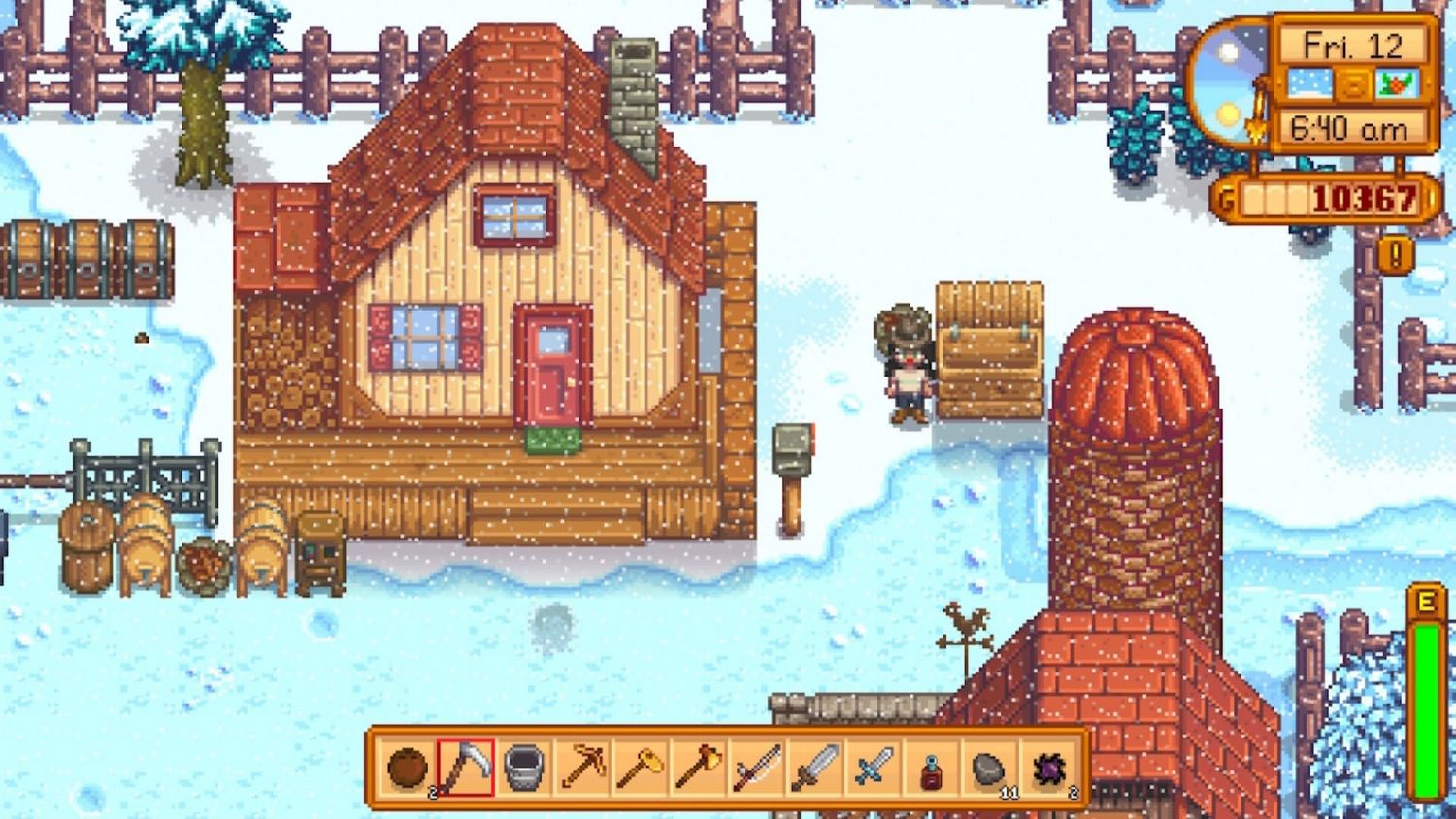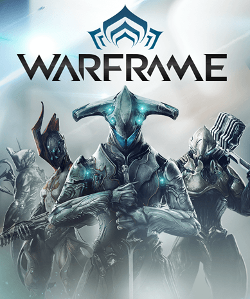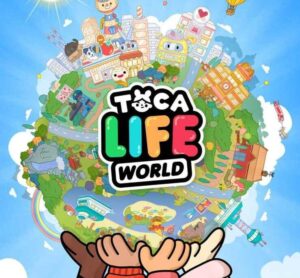Cosmic Conflict of Value: Why One Highly-Anticipated Cozy Game’s Steam Price Is a Problem for the Nintendo Switch 2 Launch
Popular Now
 Rust
Rust
 Warframe
Warframe
 BeamNG.drive
BeamNG.drive
 Valorant
Valorant
 Poppy Playtime
Poppy Playtime
 Garena Free Fire: Kalahari
Garena Free Fire: Kalahari
 Call of Duty
Call of Duty
 League of Legends
League of Legends
 Stumble Guys
Stumble Guys
 Schedule I
Schedule I  The Nintendo Switch 2 is poised to become the premier platform for cozy gaming, a genre dominated by life-sims and farming RPGs in the vein of Stardew Valley. However, a growing trend is creating a palpable tension for consumers: the significant price disparity between the eagerly awaited Switch 2 launch and the already established, often heavily discounted, Steam PC version of these titles. This fiscal quandary is currently centered on the console debut of a particular, highly-rated farming simulator that promises a blend of magical life-sim and community-building.
The Nintendo Switch 2 is poised to become the premier platform for cozy gaming, a genre dominated by life-sims and farming RPGs in the vein of Stardew Valley. However, a growing trend is creating a palpable tension for consumers: the significant price disparity between the eagerly awaited Switch 2 launch and the already established, often heavily discounted, Steam PC version of these titles. This fiscal quandary is currently centered on the console debut of a particular, highly-rated farming simulator that promises a blend of magical life-sim and community-building.
While industry sources are pointing to multiple contenders in the space, including games like Sun Haven, Coral Island, and Roots of Pacha, with the latter two having already had or rumored to have Switch releases, the core issue of pricing strategy remains the most critical news narrative for the Switch 2’s indie lineup. For the purpose of this analysis, we will focus on the generalized problem represented by these successful indie hits, which is a major factor in consumer decision-making and a top search query for “best cozy games” and “affordable gaming.”
The Next-Gen Cozy Challenge: Console Premium vs. PC Accessibility
The console market, especially at launch, typically commands a price premium, often set at $39.99 or higher for a major independent release. This is contrasted by the Steam PC platform, where aggressive sales, regional pricing, and the sheer volume of competition drive base prices down dramatically. The game in question—a title with overwhelmingly positive reviews and a reputation for endless replayability—has frequently been available on Steam for a fraction of its expected console launch price, sometimes with discounts as deep as 50% to 75% off its full retail cost. This makes the PC version an almost irresistible value proposition for budget-conscious gamers.
- The Platform Cost Divide: Steam’s open nature allows for constant, deep discounting, establishing a low price floor in the consumer’s mind. The Nintendo eShop, by comparison, often has less aggressive and less frequent sales, especially on marquee new releases.
- The Value Argument: For a consumer to justify paying a higher price for the Switch 2 version, the port must offer significant, tangible benefits. This means impeccable performance, potentially higher resolution (leveraging the Switch 2 4K capabilities), and a flawless handheld experience. Any perceived performance issues or lack of content parity could make the purchase feel like a premium on convenience rather than quality.
- CPC and Market Volatility: The term “Stardew Valley-like” itself is a high-CPC keyword that drives vast amounts of traffic. Publishers know this, and the high price for the Switch 2 port is an attempt to maximize launch-window revenue before the inevitable sales cycles begin.
 Analyzing Potential Contenders and Market Dynamics
Analyzing Potential Contenders and Market Dynamics
While the exact title facing this difficult pricing decision may vary, the market context is clear. Successful multi-platform indie hits are caught between two distinct economies:
The PC Indie Economy (Steam): This market is volume-driven. Developers often prioritize early access (EA) to build a community and offer deep discounts to maximize sales velocity, knowing that a lower price encourages a higher purchase rate. For example, a game like Sun Haven, with its blend of magic and farming, is frequently on sale, making its full price on a new console a hard pill to swallow for existing fans.
The Console/Switch 2 Economy: This market places a high value on portability and a curated experience. Publishers argue that the cost of porting, optimizing for new console hardware (including Switch 2’s rumored features), and the absence of regional pricing in some territories justifies a higher price point. The consumer, however, sees the same core content and questions the value of the ‘Switch Tax’.
The Crux of the Consumer Conflict: Convenience vs. Cost-Effectiveness
The conflict for the average consumer is straightforward: Do I pay a higher price—potentially twice or three times the historical low Steam sale price—for the convenience of playing a beloved cozy RPG on the go, a feature the Switch excels at? Or do I stick with the cheaper PC version, sacrificing portability but saving money on a high-value game?
The publisher’s best defense against this price pushback is ensuring the Switch 2 version is the undisputed definitive edition. This requires:
- Flawless Performance: Achieving a consistent, stable framerate that surpasses what is common on the original Switch.
- Content Parity/Exclusivity: Launching with all post-release content updates that the Steam version has received, and potentially a small, exclusive cosmetic or feature for the Switch 2.
- UI/UX Excellence: Optimizing the user interface for both the docked (TV) and handheld (touchscreen) modes, providing a genuinely superior control scheme.
 If the Switch 2 port fails to meet these expectations, the higher price becomes a significant deterrent, driving players toward the already-installed, cheaper PC version. The success of this particular cozy launch, and indeed many others in the genre, will ultimately hinge on whether the perceived value of Switch 2 portability can outweigh the undeniable financial appeal of a consistently low Steam price.
If the Switch 2 port fails to meet these expectations, the higher price becomes a significant deterrent, driving players toward the already-installed, cheaper PC version. The success of this particular cozy launch, and indeed many others in the genre, will ultimately hinge on whether the perceived value of Switch 2 portability can outweigh the undeniable financial appeal of a consistently low Steam price.
The market is sending a clear message: while the appetite for new cozy life-sims on the Switch 2 is enormous, the era of expecting consumers to pay full price for older, already discounted PC games is rapidly ending. Publishers must focus on creating a premium experience that truly justifies the launch price, transforming a convenient port into an essential Nintendo Switch 2 purchase.









 Analyzing Potential Contenders and Market Dynamics
Analyzing Potential Contenders and Market Dynamics